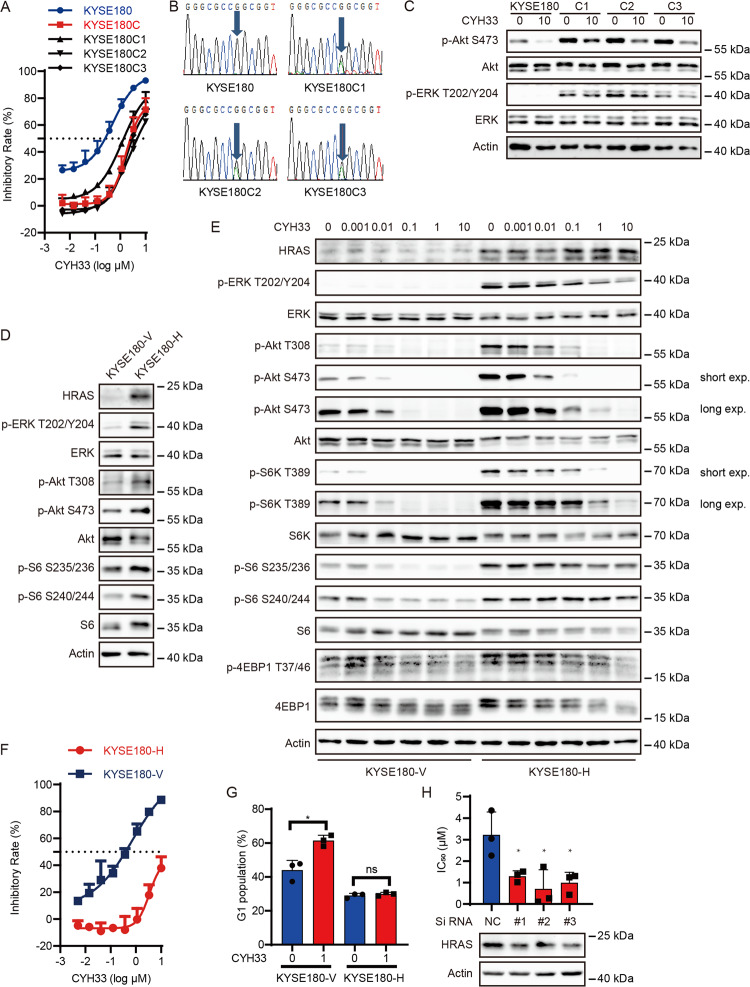Fig. 4. Gain-of-function mutation in HRAS rendered resistance to CYH33 in ESCC cells.
A KYSE180, KYSE180C, and KYSE180C monoclonal cells were incubated with CYH33 for 72 h and cell proliferation was measured with SRB assay (n = 3). B Sanger sequencing of HRAS showing heterozygous mutation of HRAS at codon 12 in KYSE180C monoclonal cells. C KYSE180 and KYSE180C monoclonal cells were treated with CYH33 at 10 μM for 1 h, and cell lysates were subjected to western blotting with indicated antibodies. D KYSE180 cells were transfected with plasmid expressing HRASG12S mutant (KYSE180-H) or a vehicle plasmid (KYSE180-V), and cell lysates were subjected to western blotting with indicated antibodies. E KYSE180-V and KYSE180-H cells were treated with CYH33 at indicated concentrations for 1 h, and cell lysates were subjected to western blotting with indicated antibodies. F KYSE180-V and KYSE180-H cells were treated with CYH33 for 72 h and cell proliferation was measured with SRB assay (n = 3). G KYSE180-V and KYSE180-H cells were incubated with CYH33 for 24 h and cell cycle distribution was analyzed by flow cytometry (n = 3). H KYSE180C1 cells transfected with siRNAs targeting HRAS (#1, #2, and #3) or negative control siRNA (NC) were treated with CYH33 for 72 h and cell proliferation was measured with SRB assay (n = 3). Data shown are mean + SD or representative from three independent experiments. Differences between indicated groups were analyzed using one-way ANOVA with Tukey multiple group comparison test. *P < 0.05.

